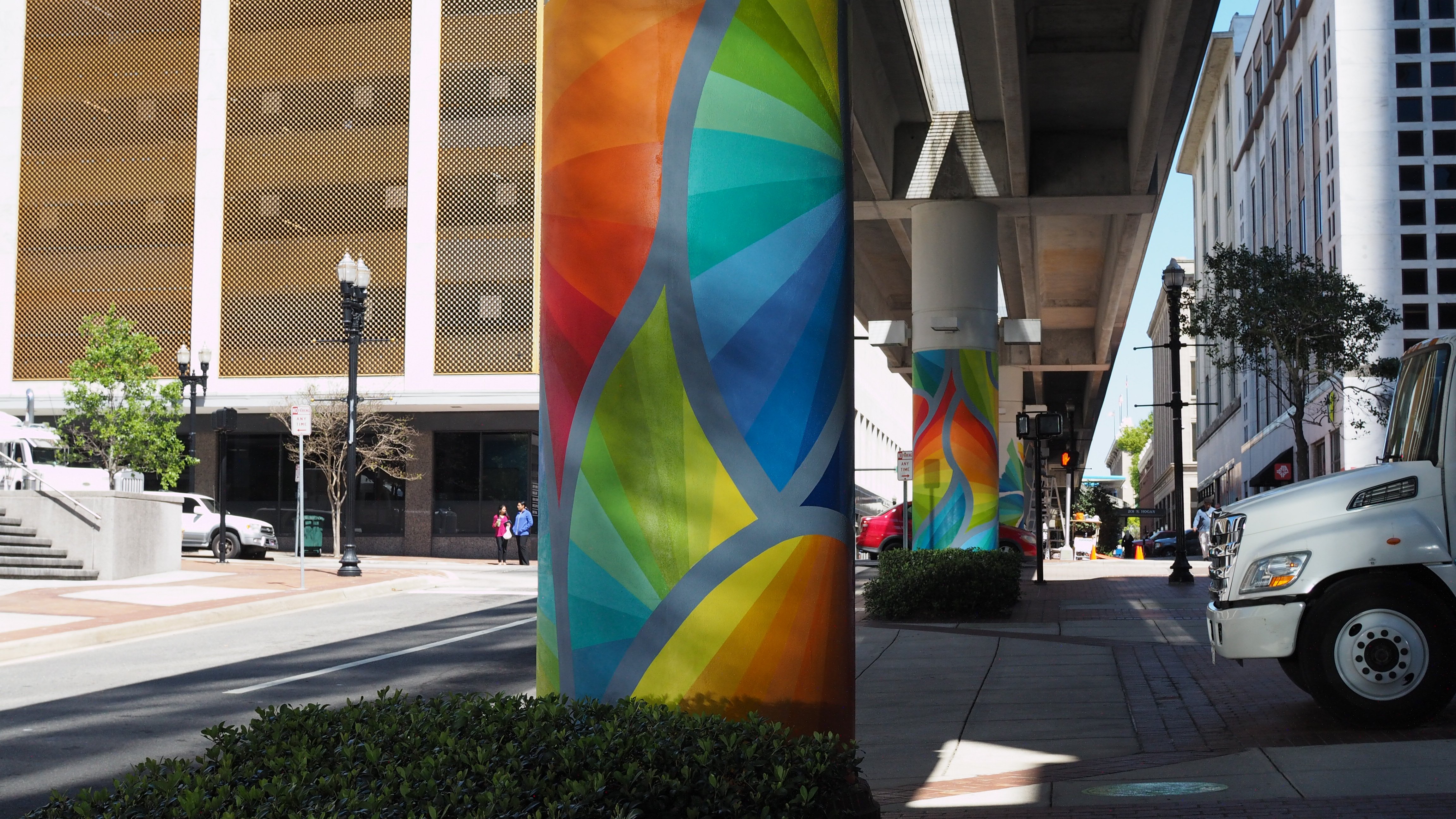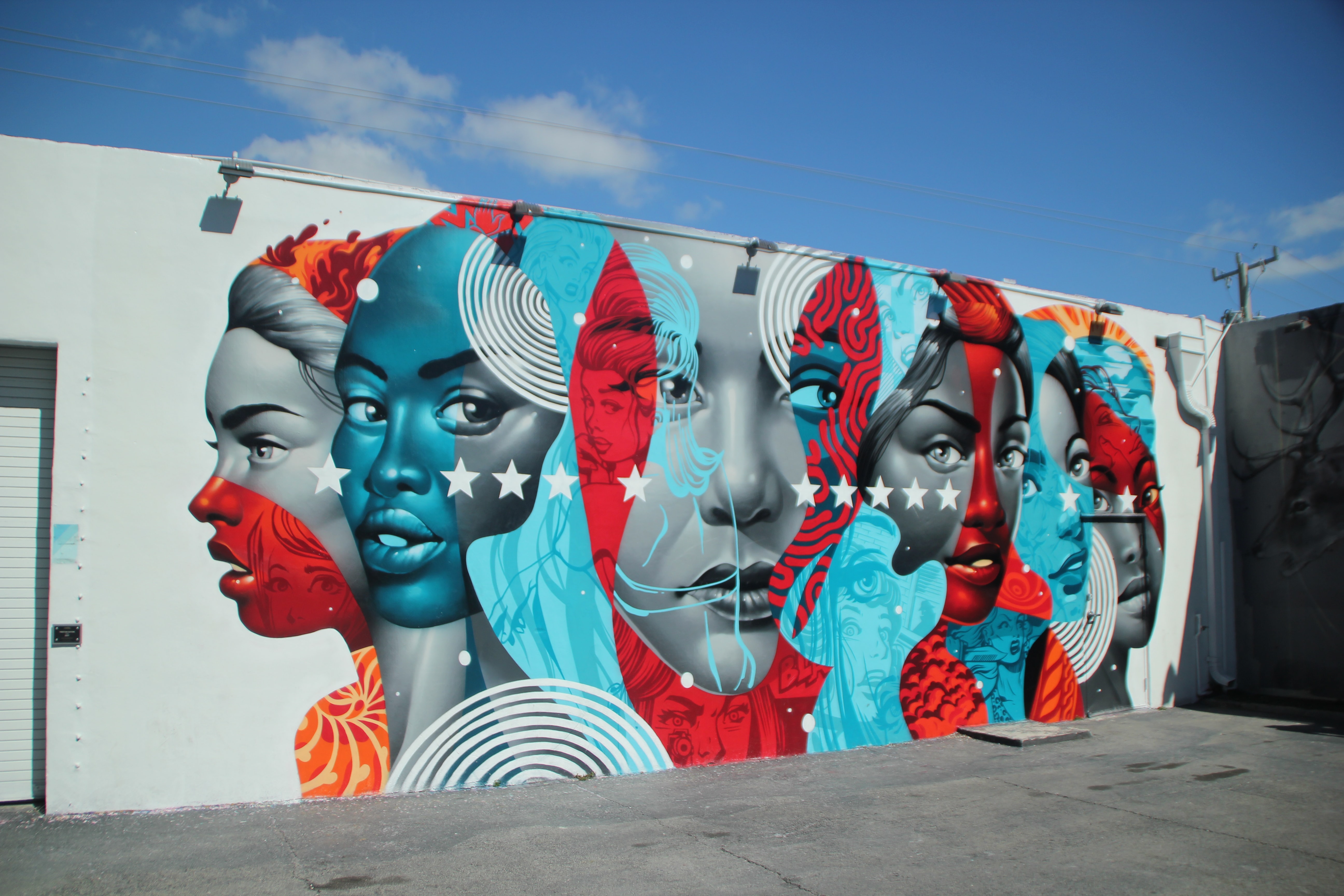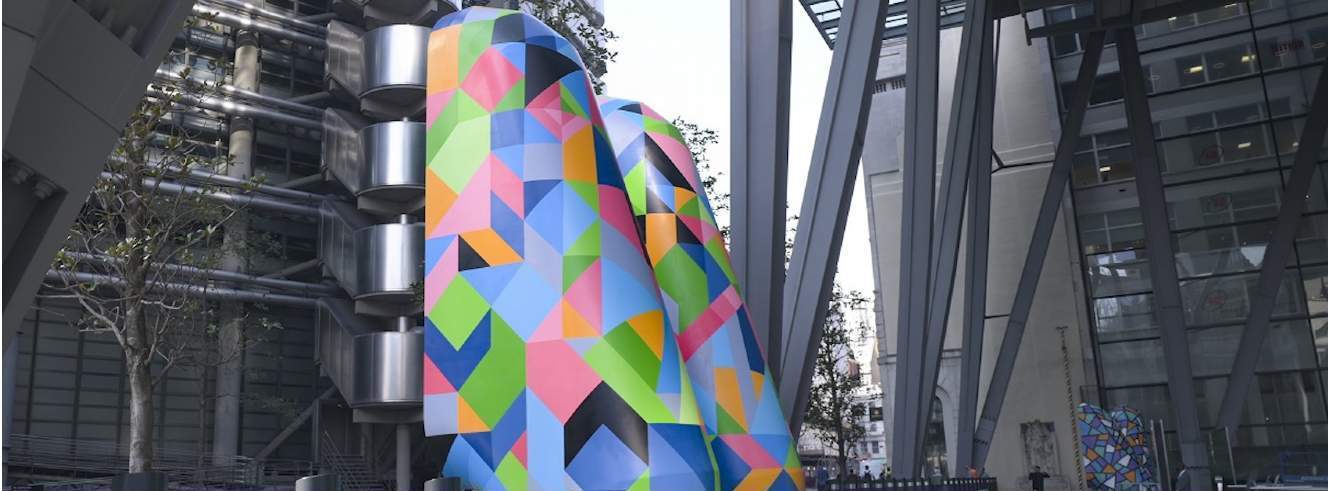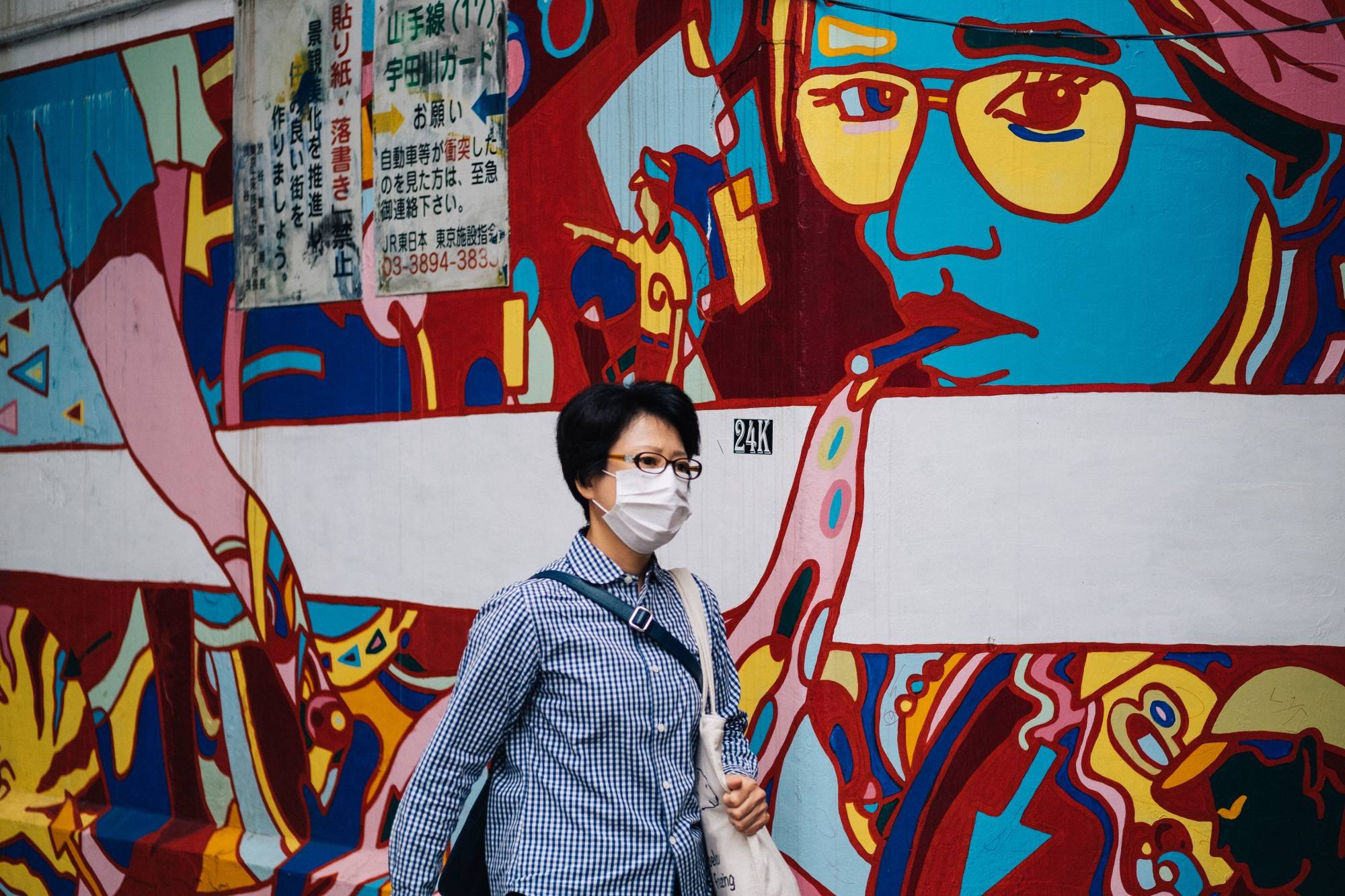When you think of real estate, images of homes, office buildings, and shopping malls might pop into your mind.
But, did you know that real estate plays a significant role in shaping the arts and culture of a community?
Welcome to the colorful world of art districts and creative spaces, where the lines between urban development and artistic expression blur in the most captivating ways.
Art Districts: Where Creativity Finds a Home

(Photo from WJCT News)
Imagine yourself strolling down a busy street lined with eye-catching murals, sculptures, and galleries that animate the city's very foundation. This is the magic of art districts, my friends. These places, whether they were created on purpose or just naturally, are now hubs of inventiveness in the arts. These neighborhoods are the epitome of the creative spirit, from the graffiti-covered walls of Wynwood Walls in Miami to the eccentric stores and studios of the Arts District in Los Angeles.
But what underpins the link between real estate and these creative havens? Consider real estate investors as contemporary art patrons. They have an expansive vision that includes spaces that support and exhibit artistic endeavors. The transformation of abandoned warehouses into avant-garde galleries or old factories into experimental theaters is a testament to their innovative thinking.
The Symbiotic Dance: Art and Real Estate

(Photo from Street Art Cities - Jessica Sabogal)
On foot traffic and a sense of community, art districts thrive. A regular neighborhood becomes a vibrant cultural hub thanks to this symbiotic relationship with real estate. Imagine a scene where musicians are playing soulful music on the street, artists are setting up their easels at the corner, and writers are finding inspiration everywhere they look. This area is more than just a neighborhood; it's a dynamic, dynamic canvas.
Real estate developers are aware of this complex interaction. They create environments that cater to both creatives and those who come to take in the environment but are not necessarily creative themselves. A well-planned art district attracts visitors, promotes exploration, and sparks conversations. The result? A rich tapestry of cultures and ideas woven into the very infrastructure of the city.
Creative Spaces: Where Dreams Take Shape

(Photo from Minnesota Realtors)
The influence of real estate on the arts and culture is not limited to art districts. The idea is advanced in creative spaces. These are spaces created especially for artists, designers, and other creators to nurture their concepts, work together, and give life to their concepts. Co-working spaces are obsolete; today, the focus is on co-creation.
High-ceilinged loft conversions into dance studios, warehouse conversions into theaters, and the rebirth of abandoned structures into multipurpose art spaces are just a few examples. In this field, real estate agents serve as more than just brokers; they act as matchmakers, matching creative individuals with spaces. It's similar to discovering the ideal muse for a masterpiece.
Opportunities Galore: Real Estate in the Art/Creative Industry

(Photo from Savills Blog)
Real estate agents with a creative bent will find a wealth of exciting opportunities in the art and creative industries. Imagine assisting a theater company in finding the ideal black box venue, assisting a budding fashion brand in finding a showroom in the center of a hip arts district, or helping a sculptor find a studio drenched in natural light.
But it's not just about the transactions; it's also about fostering communities and forming bonds with people. This particular niche of real estate agents offers the chance to integrate fully into the cultural ecosystem. They interact with artists, curators, event planners, and businesspeople, all the while adding to the artistic fabric of their city.
In Conclusion: Where Creativity Meets Concrete

(Photo from Stephan Jarvis - The Japan Times)
As the saying goes, "Art is not what you see, but what you make others see." Real estate provides the canvas upon which artists, dreamers, and visionaries paint their stories. Art districts and creative spaces are the vibrant intersections where these worlds collide, leaving an indelible mark on the cultural landscape.
So, the next time you walk down a cobblestone street adorned with sculptures or enter a repurposed factory turned into a gallery, remember that it's not just bricks and paint—it's a testament to the power of real estate to shape the way we experience art and culture.
Whether you're an artist seeking the perfect studio, a developer with a vision, or a real estate agent eager to make your mark, the realms of art and real estate are intertwined in ways that promise a future rich in creativity, innovation, and endless possibilities.
Thank you guys so much for taking the time to read this blog post - we truly appreciate it! For all the latest real estate news, keep your tabs posted on our socials: we get new blog posts up every Monday, Wednesday, Friday, and Saturday!
Check out these websites as well - they provided us with the inspiration to create this blog post!
Prime Realty: https://primerealtyinc.com/blog/impact-of-art-on-commercial-real-estate
27 Group: https://27.group/arts-culture-the-emerging-trend-of-real-estate-market-2/
JLL (Podcast): https://www.jll.ca/en/trends-and-insights/research/building-places/can-art-influence-the-market-value-of-your-real-estate
Fourth Plan: http://fourthplan.org/action/community-arts